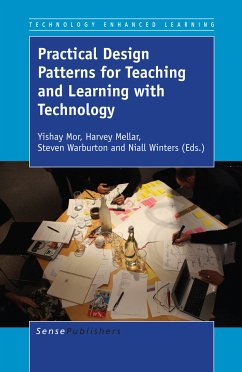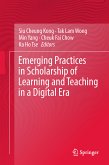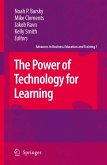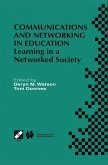These are challenging times in which to be an educator. The constant flow of innovation offers new opportunities to support learners in an environment ofever-shifting demands. Educators work as they have always done: making the most of the resources at hand, and dealing with constraints, to provide experiences which foster growth. This was John Dewey's ideal of education 80 years ago and it is still relevant today. This view sees education as a practice that achieves its goals through creative processes involving both craft and design. Craft is visible in the resources that educators produce and in their interactions with learners. Design, though, is tacit, and educators are often unaware of their own design practices. The rapid pace of change is shifting the balance from craft to design, requiring that educators' design work become visible, shareable and malleable. The participatory patterns workshop is a method for doing this through engaging practitioners in collaborative reflection leading to the production of structured representations of design knowledge. The editors have led many such workshops and this book is a record of that endeavour and its outcomes in the form of practical design narratives, patterns and scenarios that can be used to address challenges in teaching and learning with technology.
Dieser Download kann aus rechtlichen Gründen nur mit Rechnungsadresse in A, B, BG, CY, CZ, D, DK, EW, E, FIN, F, GR, HR, H, IRL, I, LT, L, LR, M, NL, PL, P, R, S, SLO, SK ausgeliefert werden.









